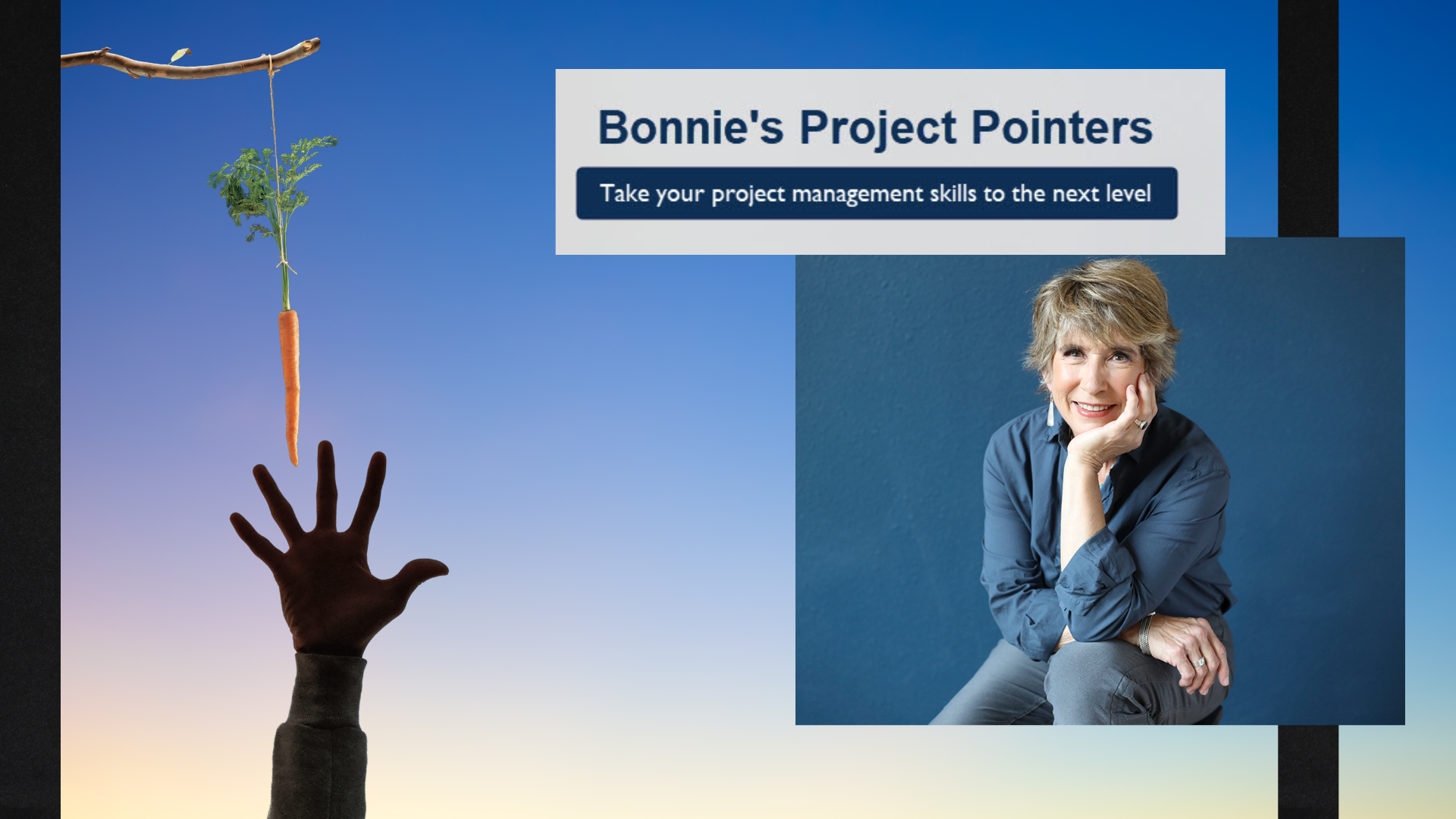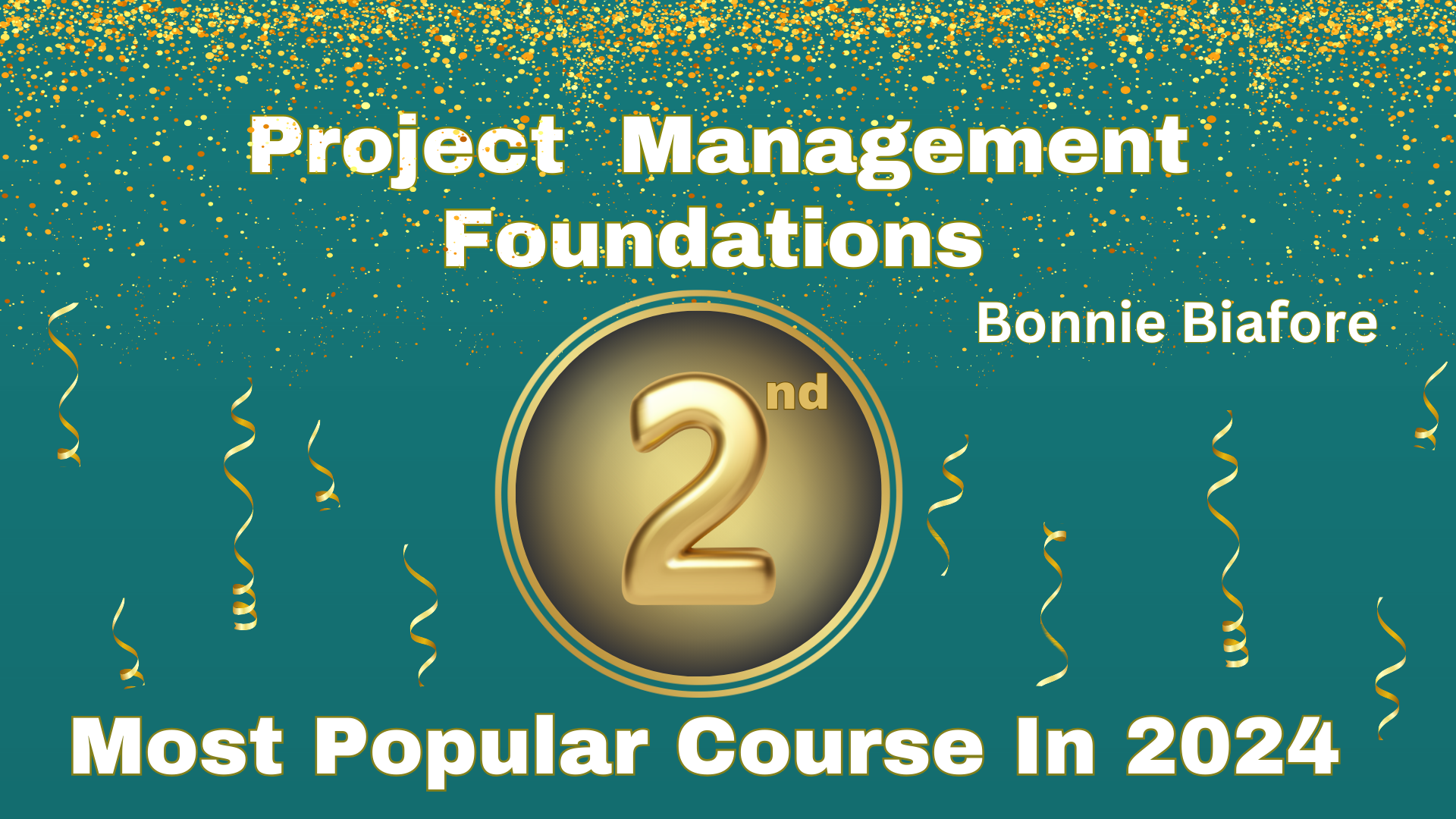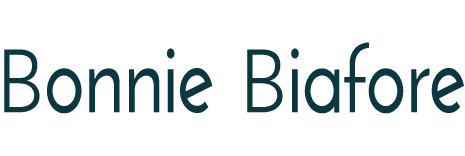How to Get Buy-in from Non-management Stakeholders
 The business case that management uses to justify a project might not motivate non-management stakeholders to buy into the project’s outcomes (think new technology, new ways of working, possible job cuts). To get unenthusiastic stakeholders on board, try designing motivators for these stakeholders into the project (if possible).
The business case that management uses to justify a project might not motivate non-management stakeholders to buy into the project’s outcomes (think new technology, new ways of working, possible job cuts). To get unenthusiastic stakeholders on board, try designing motivators for these stakeholders into the project (if possible).
- Efficiencies WITH growth opportunities. Saving time and money are common project justifications, but they could turn off non-management stakeholders, particularly if a project outcome puts the stakeholder’s job at risk. When a project is launched to increase business efficiency, look for opportunities that the project offers for these stakeholders to increase their value to the business. For example, changing what their current role offers or moving to a different, more impactful role in the business. The lesson here is not to stop at pitching the business benefits. Go further to develop and share plans with stakeholders so they can appreciate the personal outcomes they can realize.
Here’s a real-life example: A project is launched to implement a new computer system that would eliminate 6 positions. The sponsors say they will create a program to educate and shift the 6 people affected. Those people oppose the project, and others support them because the proposed retraining program isn’t part of the project. Without a commitment for the retraining program, people are going to be wary. So, if the retraining program is genuine, include it in the initial project. That way, you can get buy-in from the affected people and their supporters.
- Helping customers more. Many people base their work satisfaction on their ability to help others. Whether working with internal or external customers, a sense of purpose providing for customers is motivational. Soliciting ways in which stakeholders can better support customers and then demonstrating how a project will produce those improvements is a guaranteed way to generate stakeholder buy-in.
- Employee satisfaction and retention. In a competitive marketplace, keeping talent is almost priceless. Projects that create a work environment appealing to employees will trigger extraordinary buy-in, such as implementing systems that support working remotely, expanding benefits or processes that make benefits more flexible, like expanding retirement plan options or enhancing education opportunities.
- Continued market viability. Job security means people are comfortable with their work environment and feel recognized through compensation and acknowledgment of their contributions. However, job security also depends on employee’s confidence in the organization’s future. If they suspect that the company might go out of business, be acquired by a predatory competitor, or retract from poor sales, job security will quickly diminish. Because of that, stakeholders welcome projects that they see as strengthening the company’s market position.
I remember a meeting in a project I managed where the developers visibly tuned out as the executives tried to boost their morale by talking about how the project’s success would bring in more projects. I could see the thought bubbles over their heads, “Oh, great, more projects, more deadlines, more late nights and weekends away from my family.” When the executives wrapped up, I asked if I could add something. I talked about the new technologies we would be able to learn, how we would have the resources to streamline our efforts, and how we would be able to deliver projects without extraordinary personal sacrifice. The developers perked up thinking about opportunities they hadn’t thought of. Bottom line: executives aren’t likely to think about these types of motivation, but you, as the project manager, can improve buy-in by identifying and promoting stakeholder-centric benefits.
 My course Project Management Foundations was #2 in LinkedIn Learning’s Most Popular courses of 2024. Watch it for free with this link!
My course Project Management Foundations was #2 in LinkedIn Learning’s Most Popular courses of 2024. Watch it for free with this link!
Coming Up
Many people believe you need to be an extrovert to be successful as a project manager. But introverts bring valuable strengths like strategic thinking, deep listening, thoughtful communication, and more. Anna Lung’aho Anderson and I both get questions from people who are scared of project management because they’re introverts. Join us for Office Hours on Friday, February 28, 2025 at 11am MT/12pm CT, we’ll talk about how introverted project managers can leverage their strengths, overcome their challenges, and at the same time develop confidence in leadership, stakeholder engagement, and other people skills. Click here to join!
Great project managers and salespeople have a lot in common – the most important being the goal of satisfying the customers’ needs. Join Dean Karrel and I for Office Hours on Friday, March 14, 2025 at 11am MT/1pm ET, we’ll discuss what project managers and salespeople both need to do in their jobs. We’ll also explore how the skills you might consider “pure sales” can help you be a better project manager. As an added bonus, Dean will share some tips on using technology and AI to handle sales activities more effectively. Click here to join!
My updated version of Agile Project Management with Microsoft Project has been published! Click here to watch.
_______________________________________
This article belongs to the Bonnie’s Project Pointers newsletter series, which has more than 86,000 subscribers. This newsletter is 100% written by a human (no aliens or AIs involved). If you like this article, you can subscribe to receive notifications when a new article posts.
Want to learn more about the topics I talk about in these newsletters? Watch my courses in the LinkedIn Learning Library and tune into my LinkedIn Office Hours live broadcasts.



